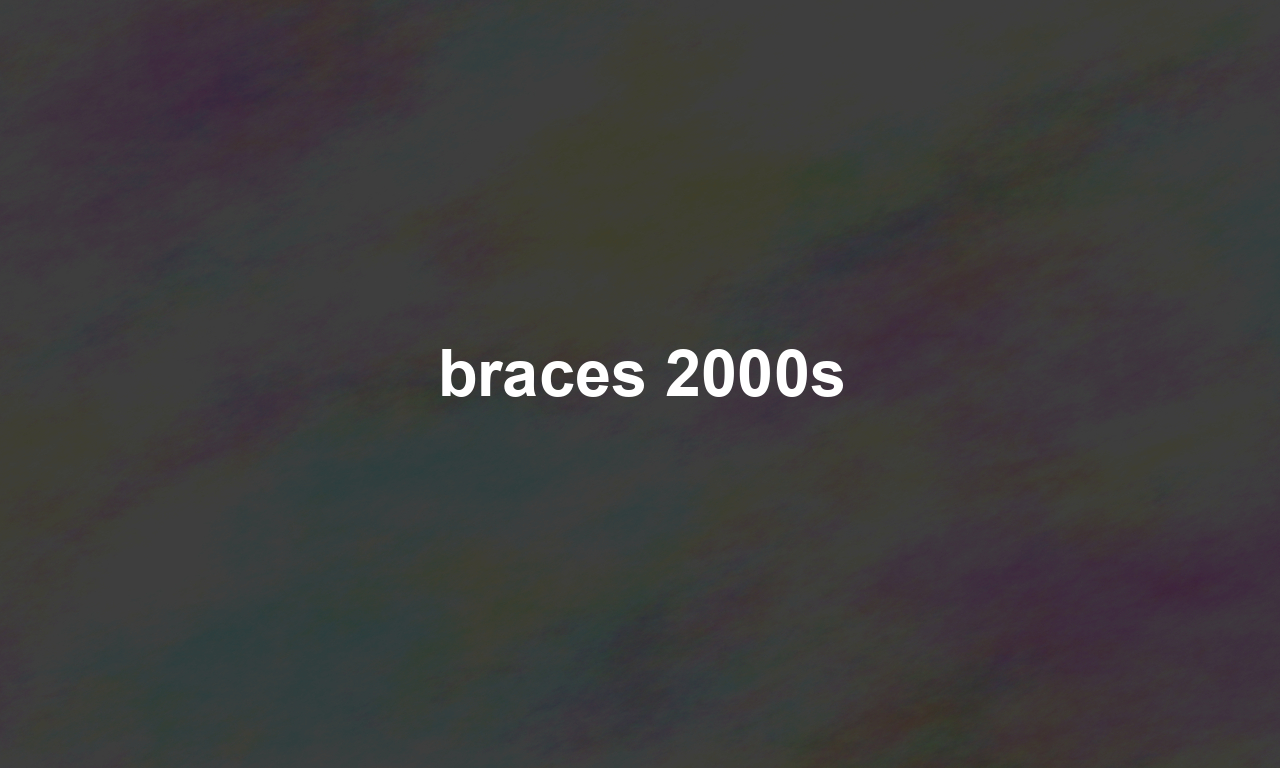Are you nostalgic for the 2000s? Ah, the era of flip phones, frosted tips, and MySpace. But more than just pop culture, a unique hallmark of the 2000s was the explosion in popularity of braces. Remember those colorful elastics and gleaming metal brackets? In this post, we’ll dive into why braces became such a sensation in the 2000s, how orthodontics evolved over the decade, and what options are available today for achieving that perfect smile.
Why Braces Became a Phenomenon in the 2000s
- Technological Innovations: Braces technology vastly improved during this period, making treatment more efficient and less painful. Self-ligating brackets, such as Damon Braces, reduced the need for elastics and shortened treatment times.
- Greater Accessibility: With improved payment plans and dental insurance coverage, braces became accessible to a larger segment of the population.
- Cultural Shifts: The era saw an increased emphasis on cosmetic procedures and self-improvement. Reality TV and the internet highlighted the importance of aesthetics, driving more people to seek orthodontic treatment.
Different Types of Braces in the 2000s
During the 2000s, a range of braces options were available, each catering to different needs and preferences. Let’s run down some of the most popular types:
Traditional Metal Braces
Ceramic Braces
Lingual Braces
Clear Aligners
How Have Braces Evolved Since the 2000s?
Orthodontic treatment has come a long way since the early 2000s. Today, braces are even more comfortable, efficient, and customizable. Here’s a glimpse into what modern orthodontics offers:
- Advanced Materials: Modern braces use advanced materials that are lighter and more effective. Titanium braces are a great example of this, offering durability without a hefty feel.
- Enhanced Customization: Today’s braces can be tailored to fit unique dental needs more precisely. 3D imaging allows for more accurate fit and movement predictions.
- Faster Treatment Times: Innovative technologies like Propel and AcceleDent have reduced treatment times, delivering results in a fraction of the time compared to early methods.
Frequently Asked Questions About Braces
Are Braces Painful?
How Long Do I Need to Wear Braces?
Can Adults Get Braces?
Will I Need Retainers After Braces?
Conclusion: The Lasting Legacy of 2000s Braces
In summary, the 2000s were a transformative decade for orthodontics. The advancements in braces technology, coupled with cultural shifts towards self-improvement, made braces a common rite of passage for many. Today, orthodontic treatments are more advanced, comfortable, and accessible than ever before.
If you’re considering braces and want to explore your options, check out these comprehensive guides on modern orthodontic treatments and the latest innovations in dental care. The journey may have started in the 2000s, but achieving your dream smile is timeless.
Thanks for taking a trip down memory lane with us—now flash that smile, braces or not!

